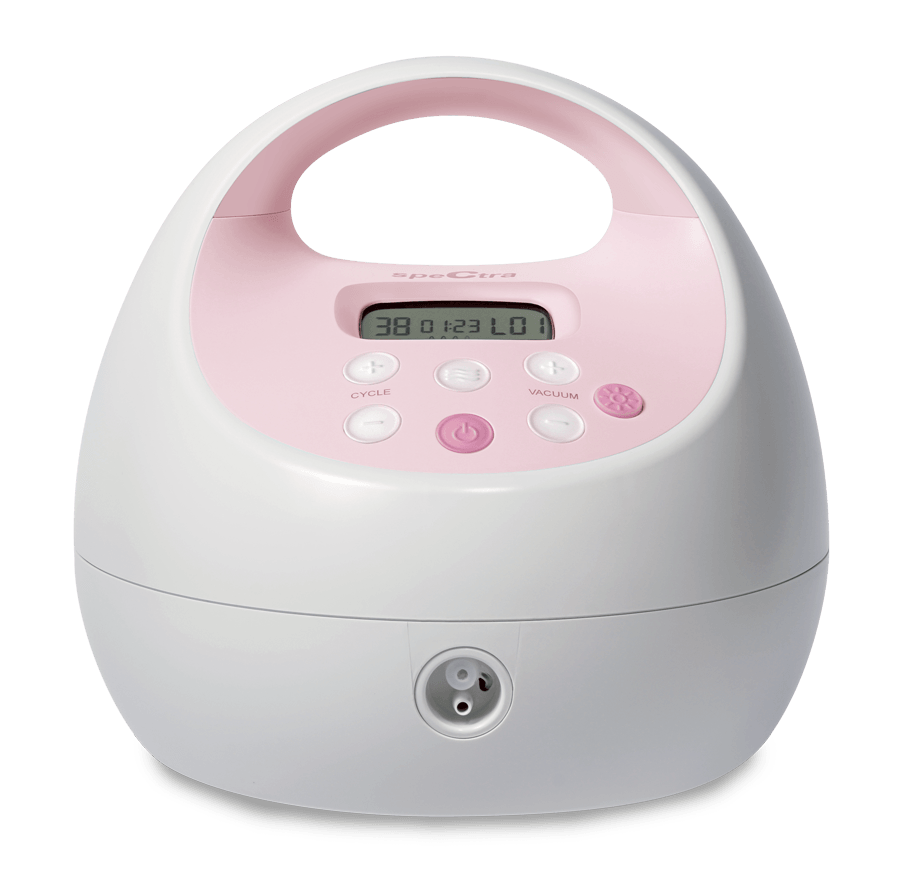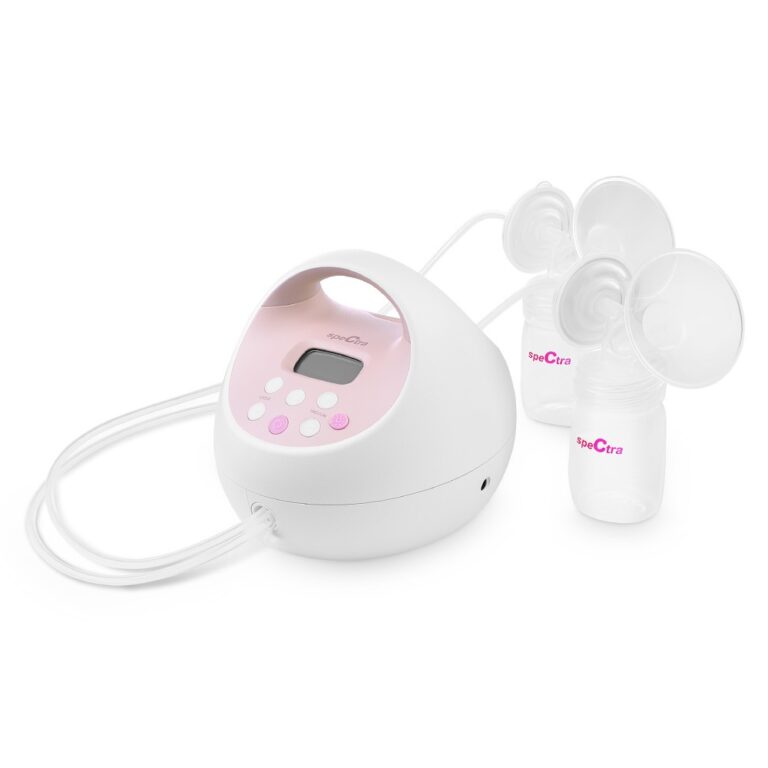

When you hear “Elvie,” you probably think of the very popular cordless wearable Elvie, but the Elvie Stride is different-it’s still wearable, but it has two short tubes that connect the wearable breast shields to the separate motor. Why We Like It: It’s wearable and passes the “Zoom test” with flying colors: It’s so quiet that you can use it under a dark shirt during a meeting, and no one will know you’re pumping.īut Take Note: Assembly can be tricky because all of the pump parts must be cleaned and dried thoroughly between pumping sessions. But the parts don’t break down into individual pieces, so if you plan on traveling with this pump, you’ll need a large bag to stash it all. The pump is quite light for its larger size, and the attachments are easy to clean. Like most of the pumps on this list, it has a closed system, which means the milk goes straight from breast to bottle, and none of it gets into the tubes. It has a massage mode and can reach hospital-grade suction (measuring 270mmHg).

We also came to realize that because of all those options, this machine is pumping out more milk, more comfortably. The pump comes with a screen display and several buttons, so it can look intimidating at first, but once you get the hang of the buttons-including a cycle button, light button, suction button, and power button-we found it very simple to use. (If you’ve ever pumped at 2 a.m., you get it.) The backlight is a small thing that we were surprised to find made a big difference. More than one parent on our team has said the same thing of the Spectra S2: “This pump has it all.” We appreciate the double electric pump’s customizable settings, effective suction, quiet sound, built-in timer, and backlit screen that makes pumping at night or in dimly lit spaces so much easier. Why We Like It: This pump checks all the boxes: It’s quiet and lightweight, has powerful suction and customizable settings, and is easy to use and clean.īut Take Note: The pump motor is lightweight, but it’s still large, so it’s not convenient for carrying around or doing other tasks like walking. Easiest Wearable: Medela Freestyle Hands-Freeīuy on Amazon Buy on Target Buy on.Best to Get Through Insurance: Spectra S1 Plus Double Electric Breast Pump.

Best for Commuters: Philips Avent Electric Double Breast Pump.Best Backup: Medela Pump in Style With MaxFlow.Most Comfortable: The Pump by Babyation.
SPECTRA S2 PLUS BREAST PUMP WITH LACTATION COURSE MANUAL
Best Manual: Medela Harmony Manual Breast Pump.Best to Catch Letdown: Haakaa Silicone Manual Breast Pump.Best for First-Time Pumpers: Lansinoh Smart Pump 3.0.Best Overall: Spectra S2 Plus Breast Pump.Our team fed their babies while evaluating pumps for all of those factors to find the best breast pumps for commuters, multitaskers, parents with low supply, parents overflowing with milk, and more. And since they’ve become so specialized, you can look at the pump’s different modes, suction power, ease of use, comfort, portability, size, hands-free capability, and how much noise it makes before making your selection. “Pumps have come a long way over the last few years,” she notes. In general, Rosenthal says that most parents will do well with any high-quality double electric pump available through their insurance. When choosing a breast pump, she advises parents to think about how often they'll be pumping, whether they have challenges with milk supply, their pumping goals, their jobs and what pumping at work will look like, and whether they have other children at home. “Breast pumps are not one-size-fits-all,” says Chrisie Rosenthal, IBCLC, director of LC content and programming with The Lactation Network. To help narrow down those choices, we’ve tested 31 different breast pumps in action, considering factors just like those to come up with our ultimate list of the best breast pumps for parents. The parent’s lifestyle, existing milk supply, their baby’s age, and other factors go into making different devices suit different folks. Despite the fact that breast pumps all work in relatively the same fashion-apply suction to breast, express milk-there are myriad mechanisms, motors, shapes, and sizes to make those basics happen.


 0 kommentar(er)
0 kommentar(er)
